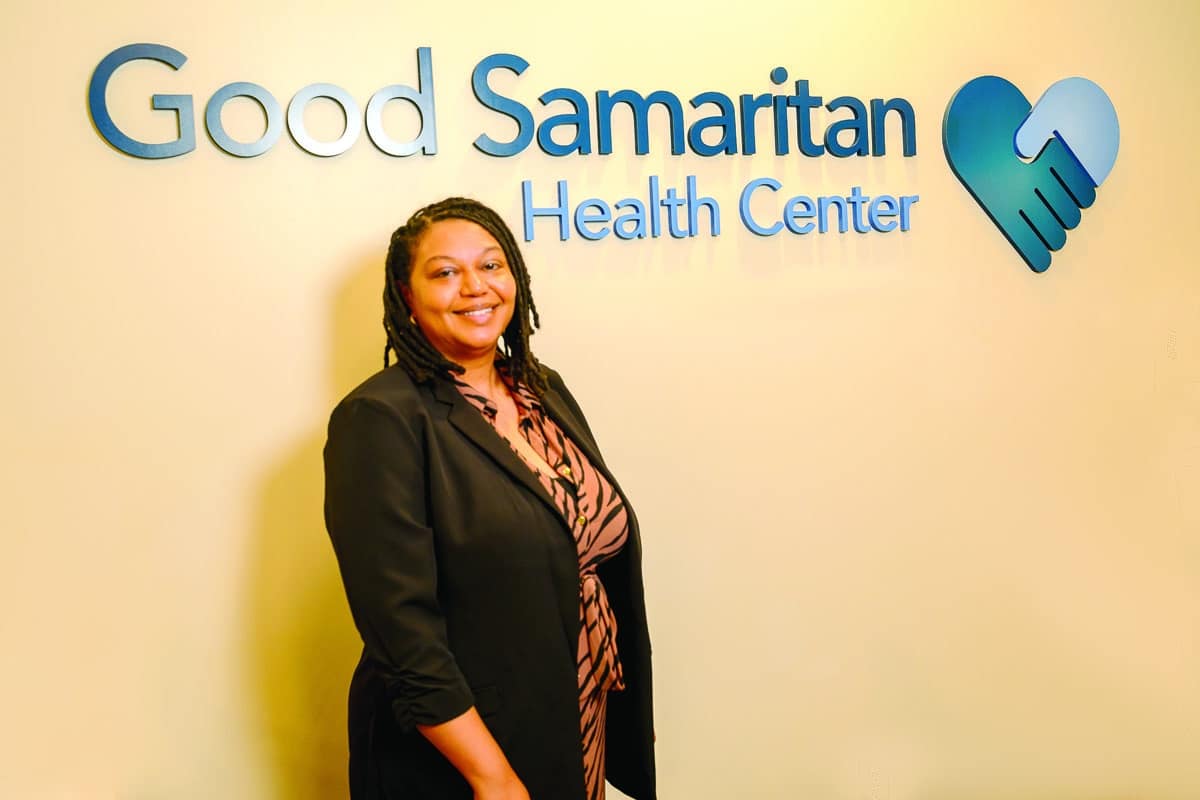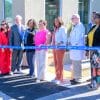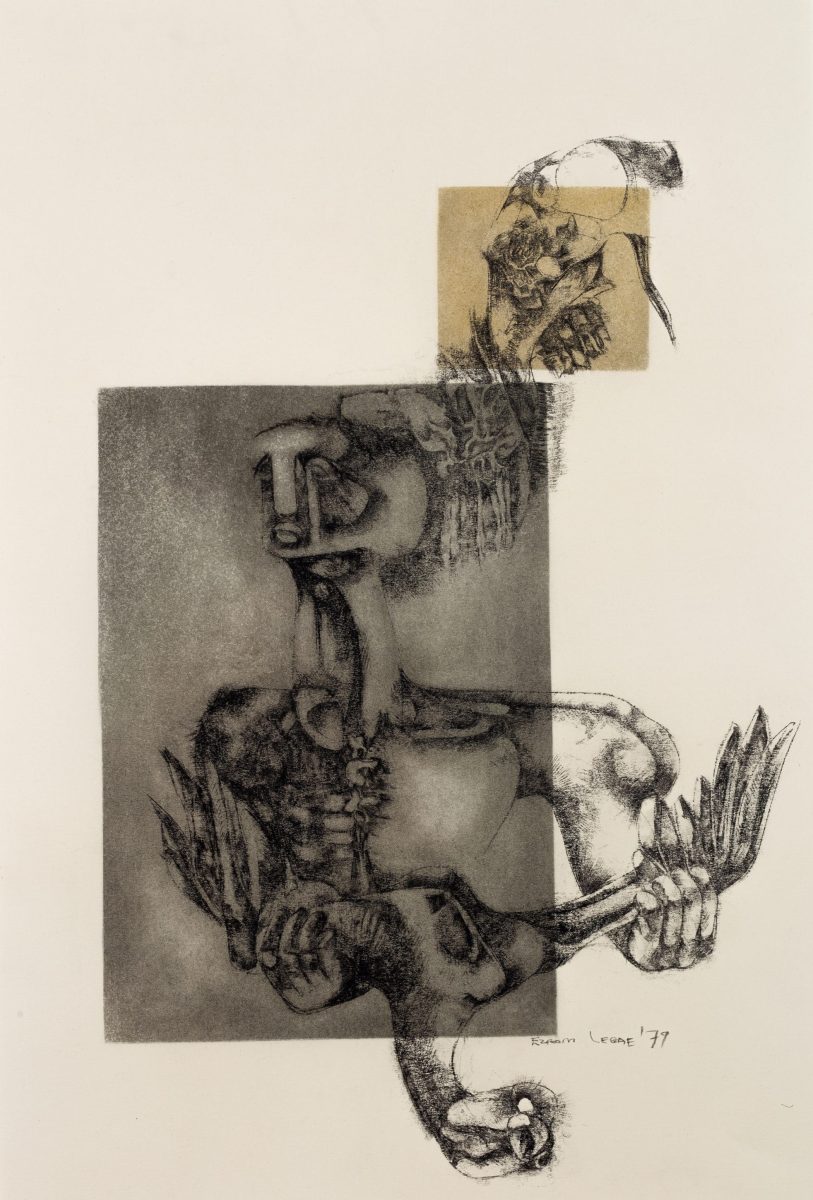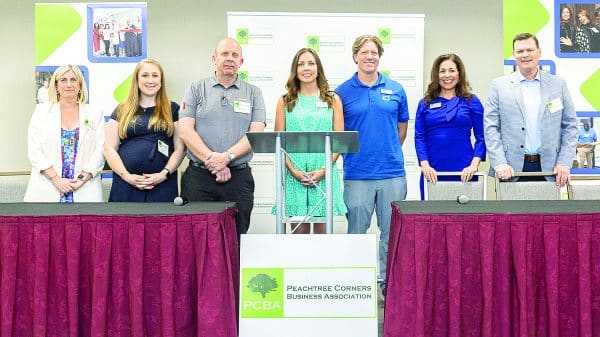Challenges faced by uninsured patients in accessing medical care, particularly during emergencies, have reached near-crisis levels in the U.S.
According to KFF (formerly known as the Kaiser Family Foundation), a non-partisan, independent source for health policy research, polling and news, most people who are uninsured are non-elderly adults, in working low-income families, are people of color and tend to live in the South or West.
In 2022, over seven in ten uninsured people were non-elderly adults, and just over a quarter were children.
A clear mission
One local organization is working toward bridging the gap in medical care for the uninsured across all demographics. Good Samaritan Health Centers of Gwinnett provides quality and affordable primary health and dental care for poor and uninsured people at two facilities in Norcross.
“We are faith-based. So, what that means is, you’ll see a lot of faith-based themes throughout the clinic,” said CEO Shameka Allen.
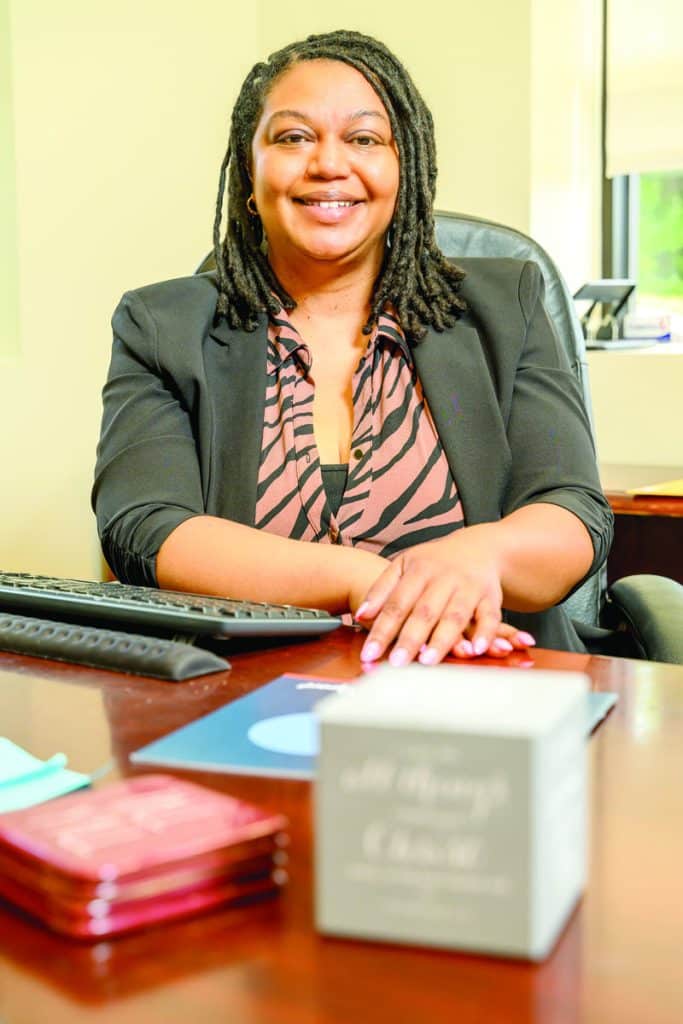
“We treat anyone. You don’t have to be faith-based to be treated here. We are allowed to pray with our patients, we are allowed to talk to them about spreading the gospel. And we even have a biblical counselor here,” she explained.
There are signs throughout the clinic that let patients know that students are often working with physicians.
“We are also a teaching institution. So, we teach master’s level nurse practitioners and physician assistants,” said Allen. “We partner with schools like UGA, Emory, Mercer and University of North Georgia, and they come in here and do their family practice rotation.”
Good Samaritan has been doing this work for 10 years and has a waiting list of students through to 2026.
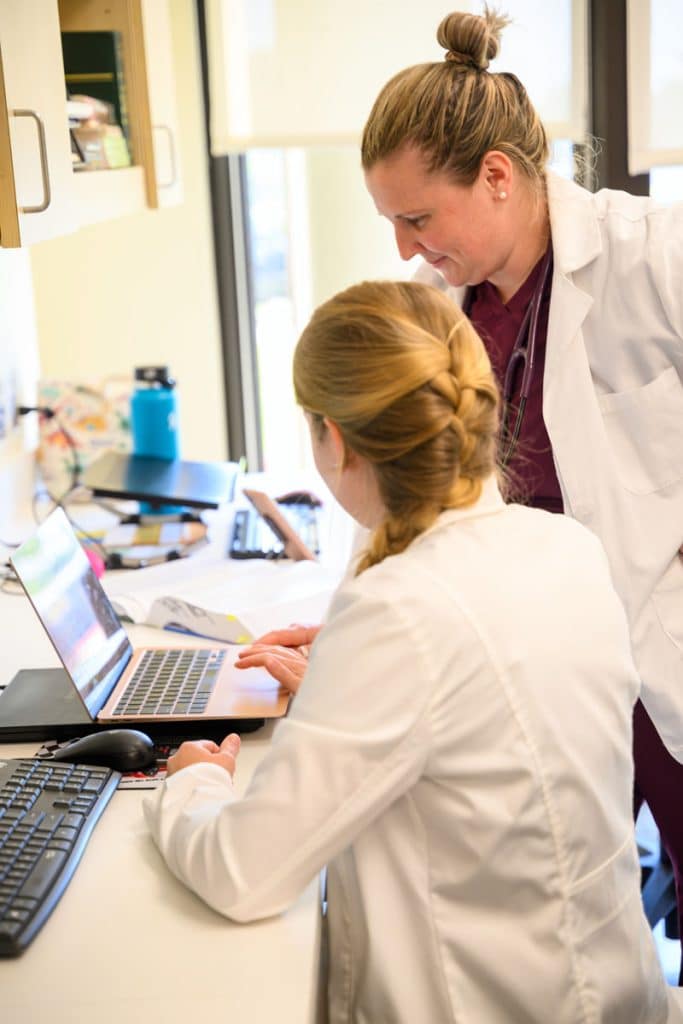
“We’re very hands-on, we let the students do a lot. And we have to turn a lot of folks away,” she said. “But we do have a greater number of people who return. All of the staff, the providers that you will see here today, in the medical portion, were all students that came back to work for us full time.”
How does it work?
To maintain its level of success, Good Samaritan relies heavily on partnerships – from the community, medical organizations and even the government.
When you enter the clinic, there is an initial screening for those with active diseases. Good Samaritan calls it the “spa.” If a patient is symptomatic, they go to a waiting room that is nice and private. They are then seen in an exam room away from the patients.
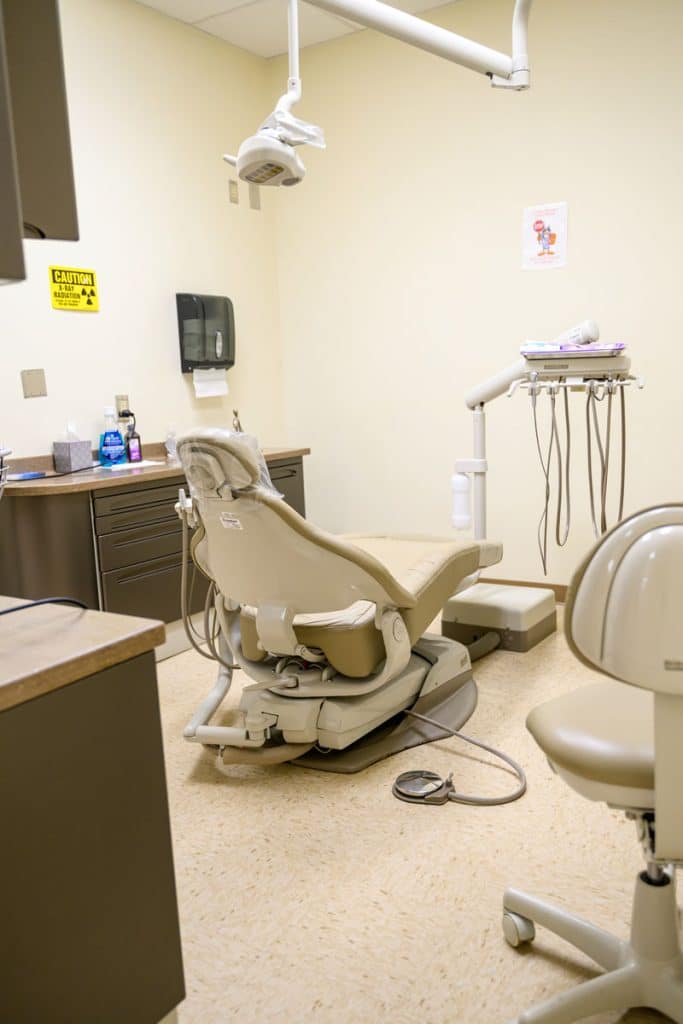
Good Samaritan Health Center
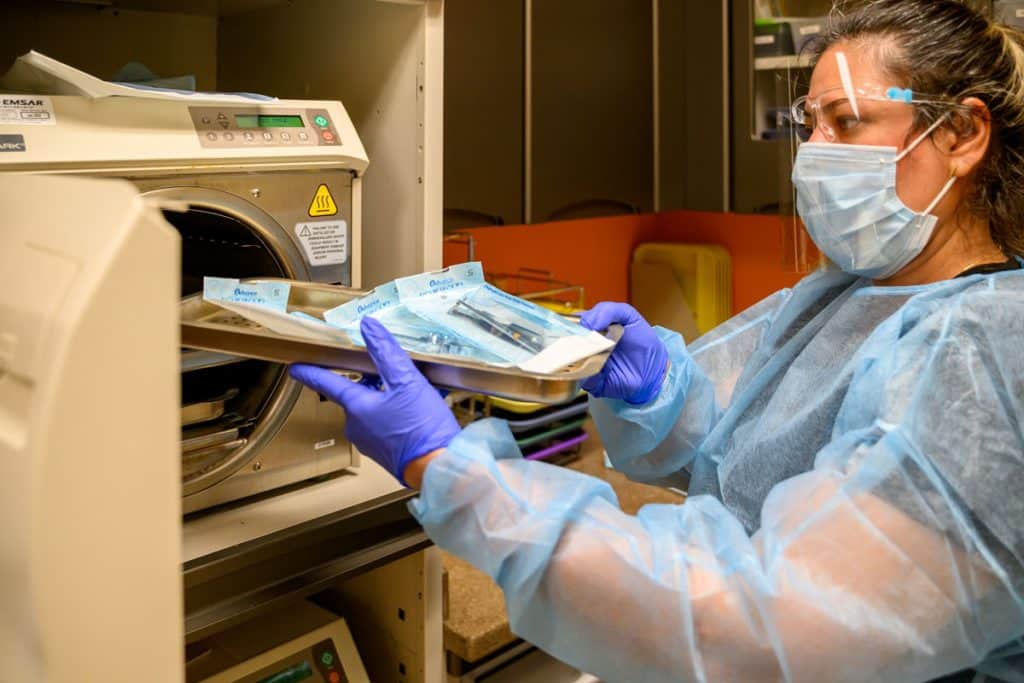
“That particular addition was built two years ago, and it was done through HUD funding,” said Allen.
Along with providing money for housing, HUD also funds building projects. Southwest Gwinnett Magazine visited the Buford Highway location, but Allen said the other Norcross location recently received funding to build a similar space there.
“We worked with the county and received funding to add this addition, which allows us to screen all of our patients,” Allen said. “It’s a public health concern because when we had COVID, most providers were outside in tents. … So, we asked for funding for this, which allows us to screen not only COVID patients but anyone who has any type of symptoms like coughing, sore throat and fever.”
“If you talk about health care workers and how they were catching COVID, and getting sick, this is one of the things that has really kind of become a driver for keeping our staff safe and keeping our other patients safe,” said Allen.
Through HUD funding, Good Samaritan will also be building an academy for healthcare training.
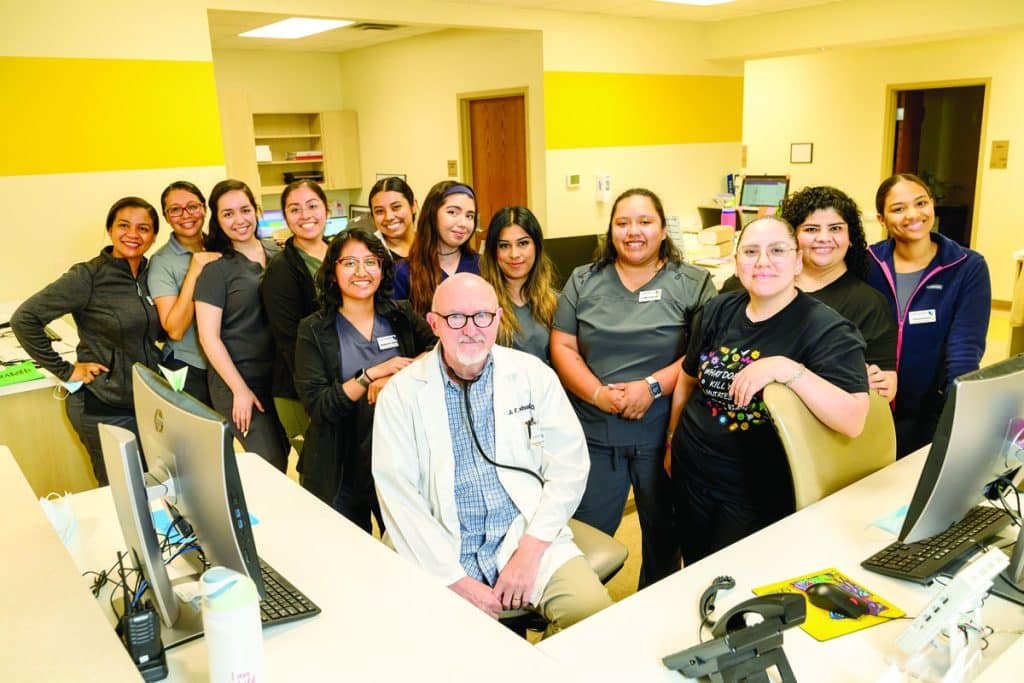
Dr. Goodson – Front
Good Samaritan Health Center
Access Academy will provide training and mentorship to low-income students in the medical field. This will also address the healthcare shortage by providing certification programs for medical and dental assistants.
“We’ve been working on this for two years. We have 600 pages of curriculum,” said Allen. “We want to make this as affordable as possible, no debt.”
“Gwinnett County Public Schools has been a great partner with us. We’ve already communicated our plans for the academy and have been met with a lot of support, especially from the healthcare programs that are in several of the schools around here,” she said.
“In the summer we get a lot of students who are pre-med or in college and they want to volunteer,” said Allen.
But there are a lot of students who may want to try their hand at medical training but don’t have the money or the grades to go to college. Good Samaritan will offer a vocational education program at a low cost.
Top-notch care, top-notch surroundings
Although Good Samaritan is run primarily on donations and grants, it doesn’t compromise on quality of any kind.
“All of our buildings are 100% mortgage-free. We own all of our buildings outright,” said Allen. “When you are a non-profit, not having a mortgage is critical. That’s huge. You can see we like to provide our patients with a dignified experience. Just because they are uninsured, or maybe low-income, we still want them to feel like this is a beautiful clinic and that we’re going to give them great care. We put a lot of pride in how it looks and keeping it maintained.”
“We put a lot of effort in keeping it up to date, all of what you see here is all new equipment, we don’t get used equipment, even when we get into our dental and medical areas. It’s all through patient fees, donations and grants,” said Allen. “We can provide that dignified experience and make people feel good about coming.”
And although Good Samaritan uses volunteers in many cases, all of the staff are paid.
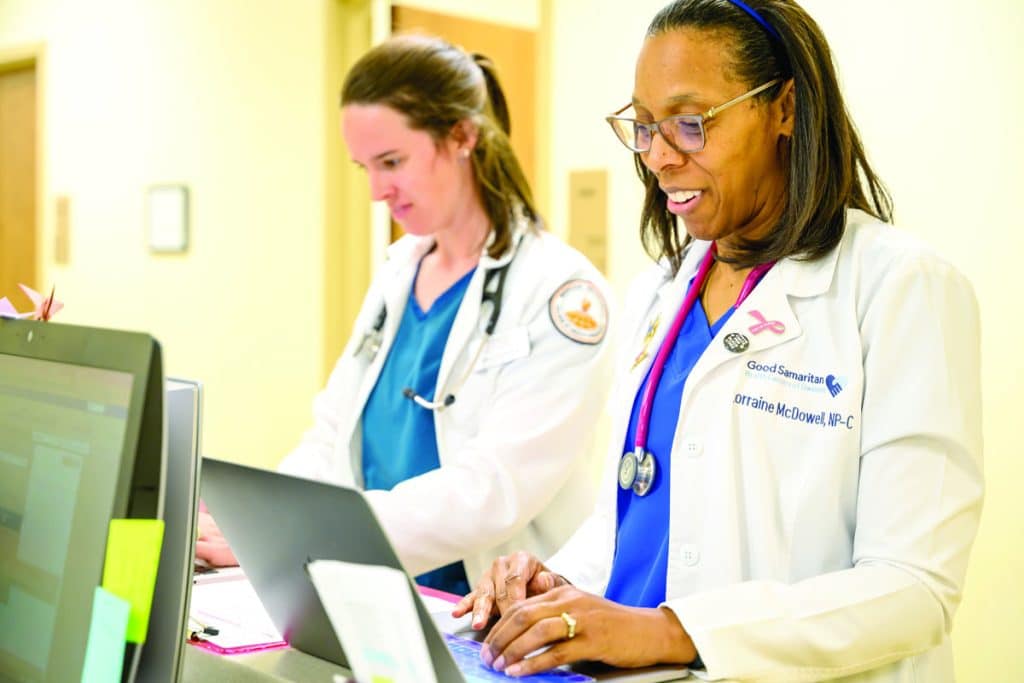
“We don’t work on a volunteer staffing model, because we want our patients to have continuity of care,” said Allen. “You can come here for years and see the same provider over and over again, instead of worrying about, well, which dentist is going to be here today, or which doctor is going to be here today?”
Dignity in care is important, she added.
Reaching the immigrant community
An estimated half of the people living in the U.S. without authorization are uninsured, according to a KFF-Los Angeles Times survey. That’s more than five times the uninsured rate for U.S. citizens. Immigrants lacking authorization are ineligible for federal health programs. Nearly 70% of Good Samaritan’s patients are Hispanic. That’s why all the front office staff are fluent in Spanish as well as English.
“In the community that we’re in, there’s heavy Spanish speaking. All of my support staff on both the medical and dental side speak Spanish. They are bilingual,” said Allen. “We partner with places like Georgia Gwinnett for just anyone who wants to volunteer and learn more about the medical field. We let them triage patients, take blood pressure and basically introduce them to healthcare.
Teaching patients to be healthier
“Our appointments tend to be a little longer in duration,” said Allen. “And nobody leaves without a follow-up appointment.”
To avoid the revolving door of people using emergency rooms for primary care and waiting for last-minute healthcare, Good Samaritan is providing trust and peace of mind for its patients as well as prescribing medication.
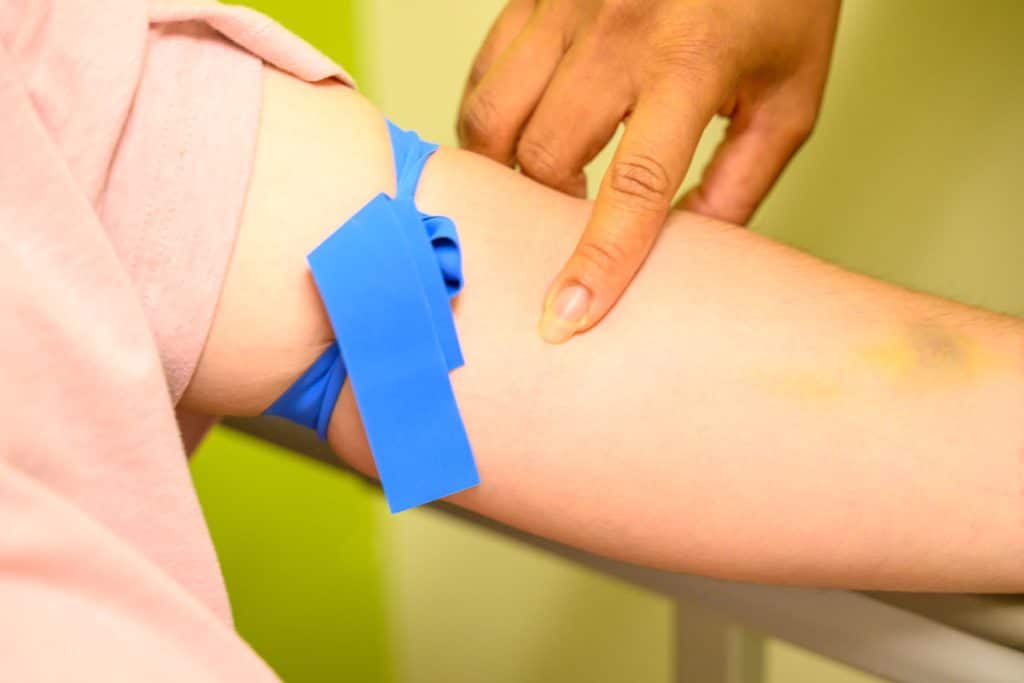
The term culturally competent healthcare and patient care is used often at Good Samaritan.
“Typically, when we get a new patient, they come with nothing. And our providers have to kind of start from the very beginning. They may come in with illnesses that they say have been plaguing them for 10 years, but they can’t give us a lot of detail on what it is,” said Allen
So, we kind of have to play detective a little bit, get some blood work done and take some history and try to figure out where we go from there,” said described.
The most important thing that Good Samaritan does for its patients is to be flexible for each person’s complex situation.
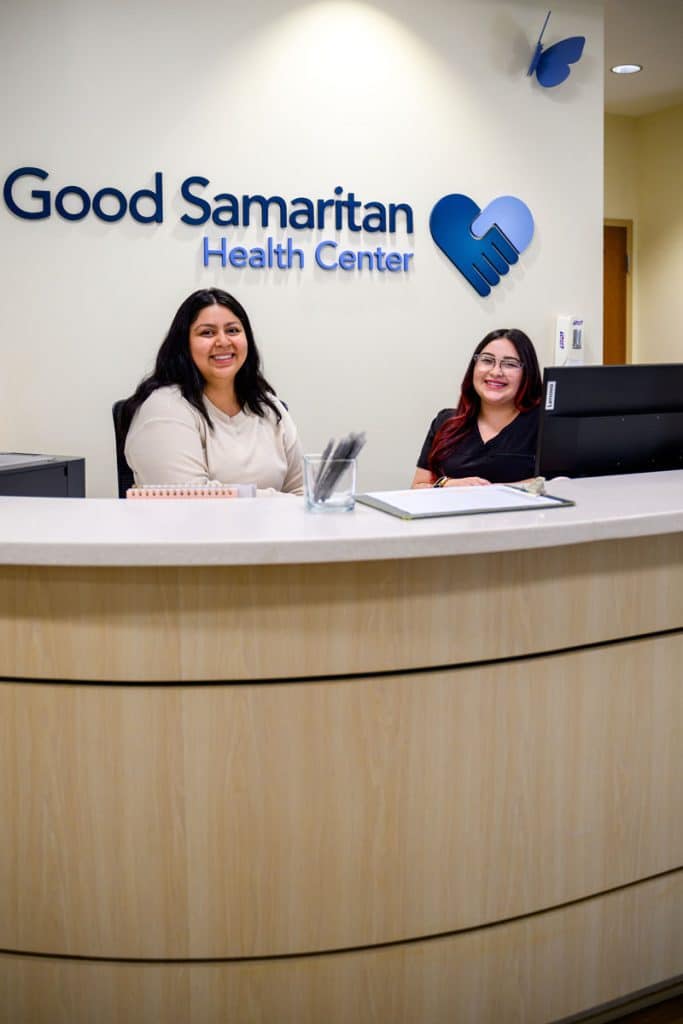
Unlike traditional offices, they don’t rely on private insurance, are often missing medical records for new patients and sometimes must overcome trust issues. “Typically, our NPS can handle mostly anything. But yeah, when it comes to someone who may be new to the system or needs a specialist, we have a lot of patients who deny specialty care because they can’t afford it. We operate on that line of primary care and specialty.”
Photo caption: Shameka Allen, CEO of Good Samaritan Health Center // photos by George Hunter


